Not all running shoes cause injuries, just cushioned running shoes, especially with stability features, do!
Stability cushioned running shoes are designed to prevent foot over-pronation, which is abnormal side-to-side motions of the heel during the touchdown and stance phases of running.
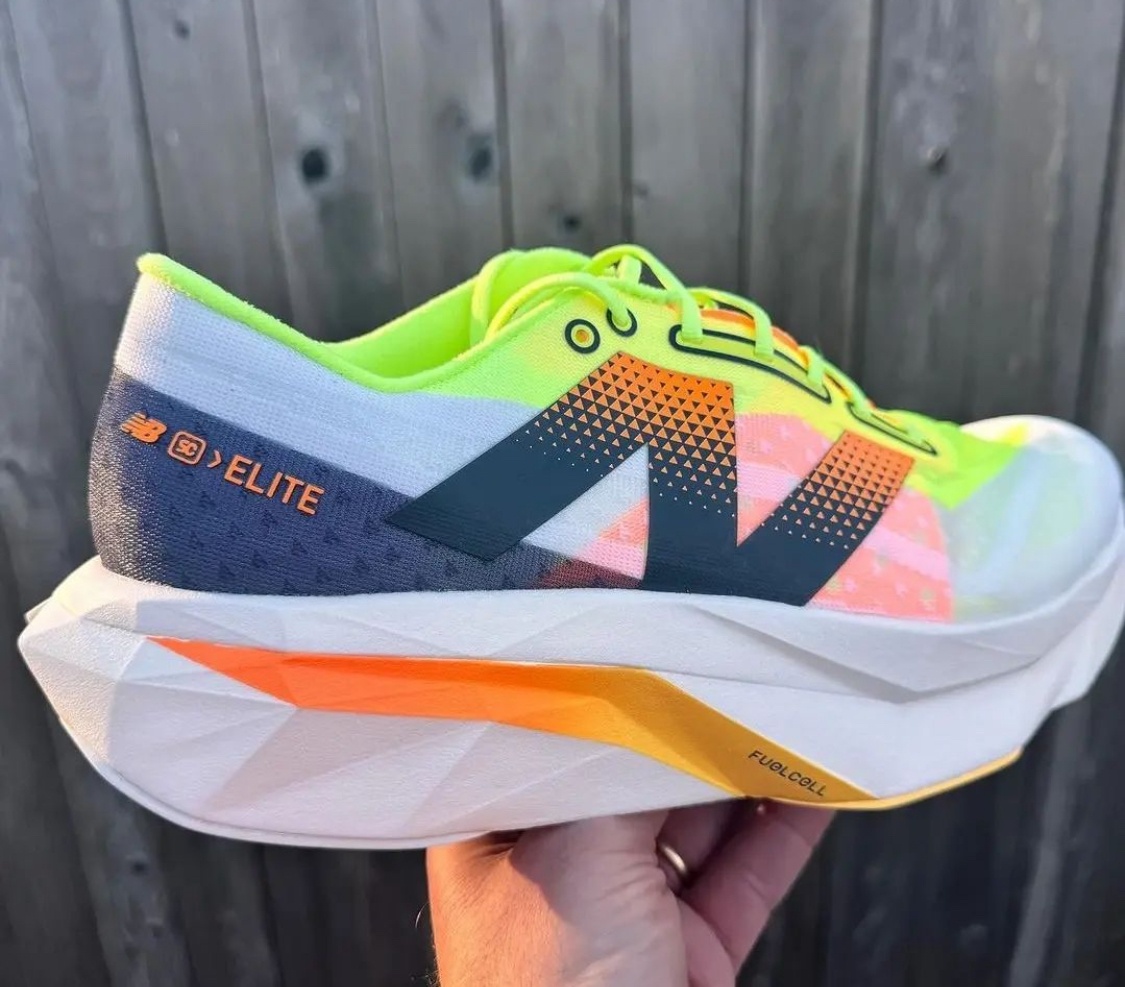
Its important to remember that foot pronation is not a risk factor for injury as many studies have found that slight increases in foot pronation doesn’t disrupt the kinetic chain up the leg and therefore is not a highly injurious risk factor as once presumed. In fact, foot pronation is the body’s natural, built-in mechanical support for attenuating impact while engaging stronger footstep stability. However, motion control stability running shoes actually interferes with foot pronation in ways that will make you very injury prone.
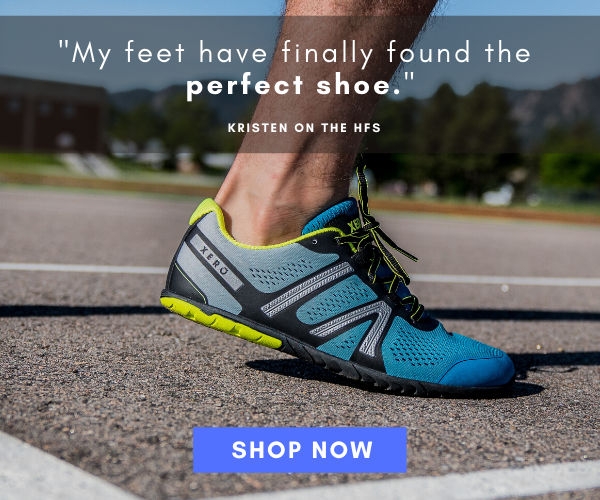
One big problem with stability running shoes is the design completely counters the natural shape and function of the human foot. Stability running shoes are too narrow in the front, too inflexible throughout and have a large elevated cushioned heel. These unergonomic factors add up to abnormal foot postures, altered foot-joint mechanics, sensory feedback deficits and because of the shoes inflexibility, the foot’s muscles, tendons, soft tissues and bones are never fully engaged physically, nor functionally.
On the basis of the best available evidence, increases in intrinsic muscle activity in the foot correlates to increases in foot functional strength whereby certain running shoes strongly affects the foot’s intrinsic muscle activity thus affecting foot functional strength development. In stability running shoes, the feet are too immobilized which causes the foots muscles to be under-stimulated and intrinsic muscle activity is greatly reduced. In consequence, developments in foot functional strength is sharply limited and the foot becomes progressively weaker overtime with routine use of these shoes.
Barefoot vs Shoes
When you’re barefoot, intrinsic muscle activity in the foot is at its highest which leads to immediate improvements in arch strength and height while increasing the foot’s fat pad and muscle volume which safeguards the small bones of the forefoot from impact. These improvements make the feet more capable of keeping pronation and impact within a safe range, without the help of a shoe.
Even better, when the feet, especially the arches, are functionally strong, they’re not only more tolerant of more miles, they also provide better shock absorption, footstep stability and optimal pronatory control which in turn leads to significantly less opposing forces on the lower leg as compared with stability running shoes.
However, as mentioned above, reduced intrinsic muscle activity in the foot via stability running shoes reduces the volume and strength of the foots muscles, fat pads and soft tissues which causes the arch to collapse and the feet to undergo injurious abnormal postures and movements when running.
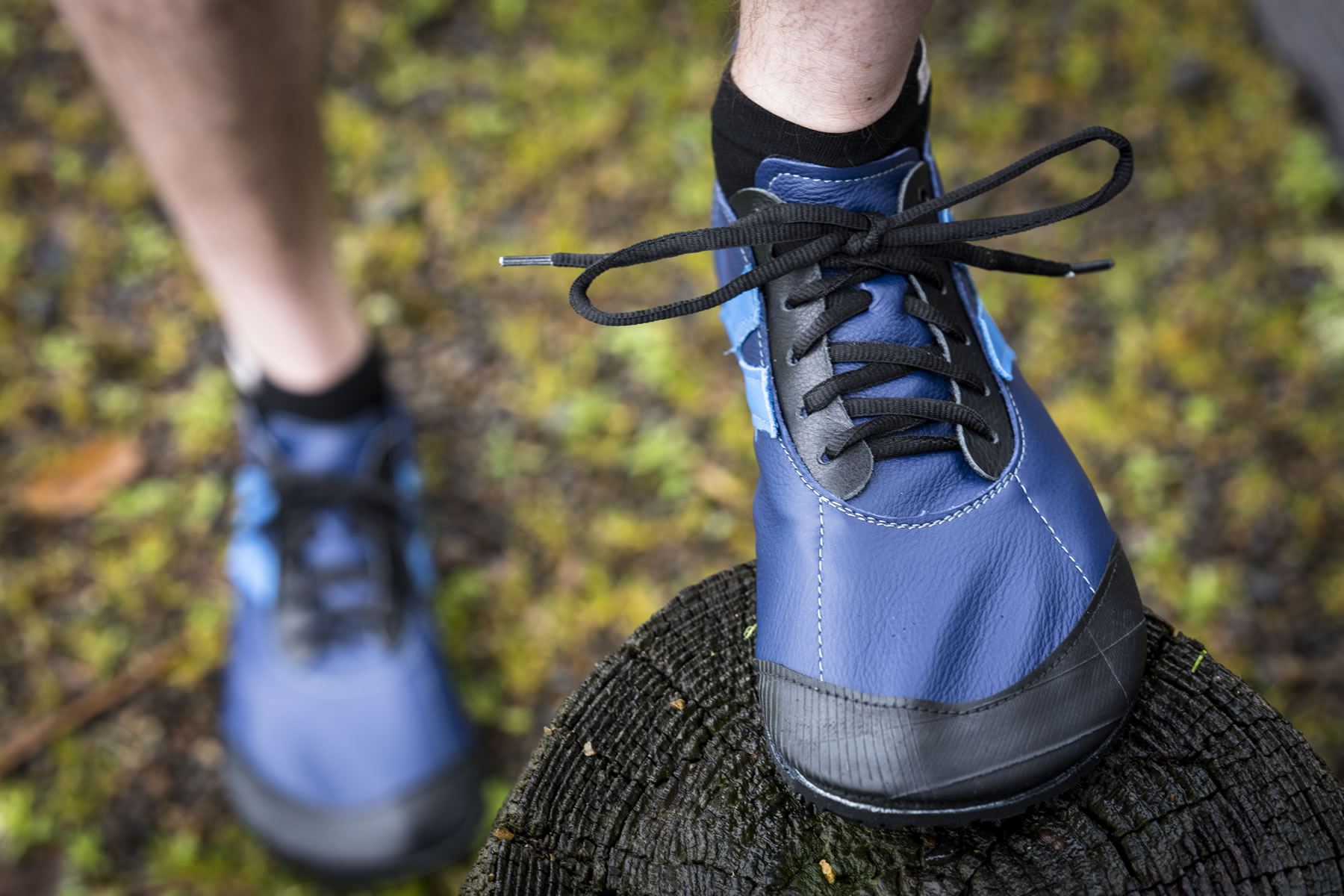
For instance, a 2015 study published in the European Journal Sport Science found that:
“Reductions in foot’s intrinsic muscle activity was a significant producer of weakened components of the longitudinal arch which led to insufficient shock absorption during initial weight-bearing at ground-contact during running…”
These are defections that you don’t want to be sustained during running because it not only reduces the elastic power of the arch, making the foot less spring-loaded and your stride less economical, it also causes over-pronation which amplifies impact and torsional loads on the leg. This also forces the plantar fascia and the calves to work harder in attenuating shock and stabilizing the foot at each step.
More on Why Your Feet Need to be Barefoot More Often!
What’s scientifically interesting is the foot’s intrinsic muscle activity largely depends on the amount of ground sensory inputs acting on the underfoot because these sensory inputs activate a range of underfoot nerves that directly switch on a range of responses within the foot, including intrinsic muscle activation, responsible for strengthening the feet in every way.
If you follow the evidence, you’ll notice there’s enough data showing walking and running barefoot is the most effective means in providing the sensory richness for optimal intrinsic muscle activity in the feet. This means the real potential to promote a natural, re-building of functionally stronger, more enduring feet is with increased barefoot activity indoors and outdoors since its proven to have a strongest influence on meeting the sensory needs of the feet than stability running shoes.
- Part of the optimized sensory input when barefoot includes direct deformation of the underfoot surface which directly increases muscle activity throughout the foot, but in stability running shoes with thick underfoot cushioning, direct deformation on the underfoot surface is blocked, leaving the underfoot sensory nerves under-stimulated and unable to stimulate intrinsic muscle activity.
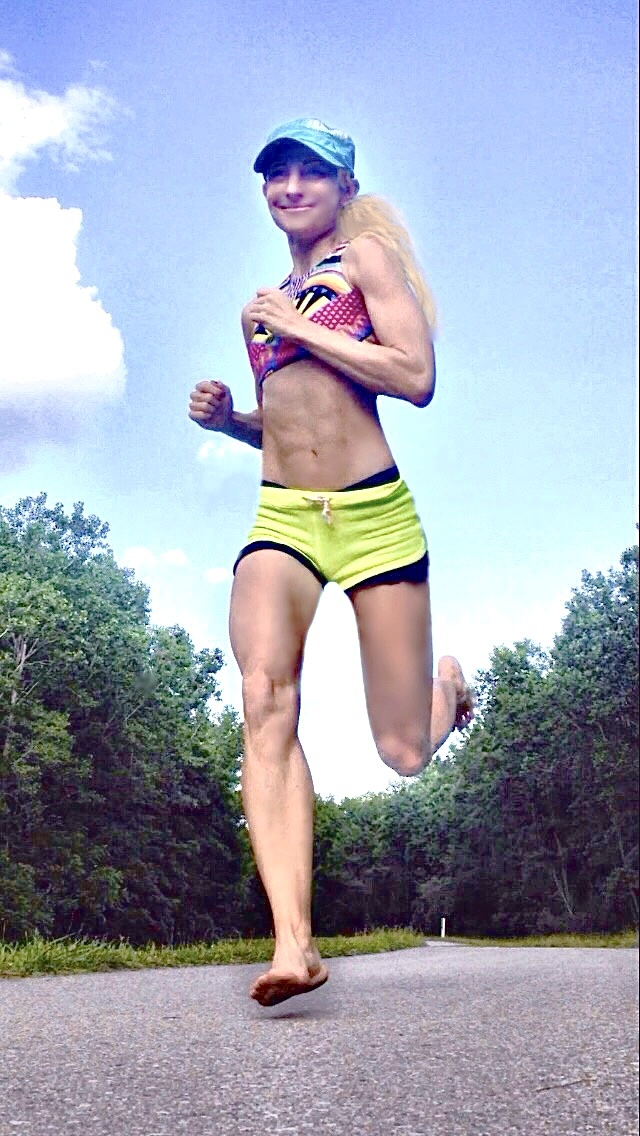
Walking and running barefoot on harder surfaces can be even more rewarding because the deformation pressure prompts stronger activation of the underfoot’s pressure and mechanoreceptors. This specific type of sensory engagement and nerve activation directly enhances the foots intrinsic muscle activity which was found to be one of the best ways to get immediate improvements in foot functional strength. From this, when your feet are strong, pronatory control is strong, footstep stability is strong and your chances of injury decreases.
The Take Home Message
Paradoxically, improvements in injury prevention are often mixed when runners wear stability running shoes since these shoes force the feet into extreme positions, resulting in more physical and impact stress on the foot and leg.
These shoes also restrict the foot natural pronatory control, pushing the kinetic chain from the natural order up the leg, while simultaneous causing the feet to progressive weaken. Luckily, through barefoot running and walking, the feet develop better pronatory protections while improving the foot health, which is why I always suggest to make barefooting a common practice for yourself!

References:
Mann, R., & Inman, V. T. (1964). Phasic activity of intrinsic muscles of the foot. Journal of Bone and Joint Surgery, 46, 469 – 481.
NIgg, BM. The role of impact forces and foot pronation. Clin J Sports Med, 2001; 11(2):2-9
Noh et al. Structural deformation of longitudinal arches during running in soccer players with medial tibial stress syndrome. Euro J Sport Sci, 2015;15(2):173-181.
If you’d like, you can support Run Forefoot and help keep it going by making a donation in any amount of your choosing:

Or, you can support Run Forefoot by shopping at the BEST Barefoot Shoe Brands, and be sure to bookmark these links 🙂
Lonowear: https://lonowear.com/?ref=cedsholh
Saguaro: https://www.saguaro.com/?ref=9bVA8fEkmDvB-I
Vibram FiveFingers: https://www.anrdoezrs.net/click-7600968-11372648
Vivobarefoot: https://amzn.to/3vycQOY
Be Lenka: https://www.tkqlhce.com/click-7600968-13947200
Xero Shoes: https://xeroshoes.com/go/Run_Forefoot
Iguaneye: https://www.iguaneye.com/?ref=8tfXVc92
Soft Star Shoes: https://shrsl.com/3mp1b
Wilding Shoes: https://bit.ly/3lIygQP
Bretta Riches
BSc Neurobiology; MSc Biomechanics candidate, ultra minimalist runner & founder of RunForefoot. I was a heel striker, always injured. I was inspired by the great Tirunesh Dibaba to try forefoot running. Now, I'm injury free. This is why I launched Run Forefoot, to advocate the health & performance benefits of forefoot running and to raise awareness on the dangers of heel striking, because the world needs to know.
Latest posts by Bretta Riches (see all)
- Can You Run In Barefoot Shoes? Yes, But DON’T Heel Strike! - 21/07/2024
- Why Cushioned Running Shoes Are Really Bad for Your Feet - 19/07/2024
- Do Cushioned Running Shoes Cause Injuries? - 17/07/2024

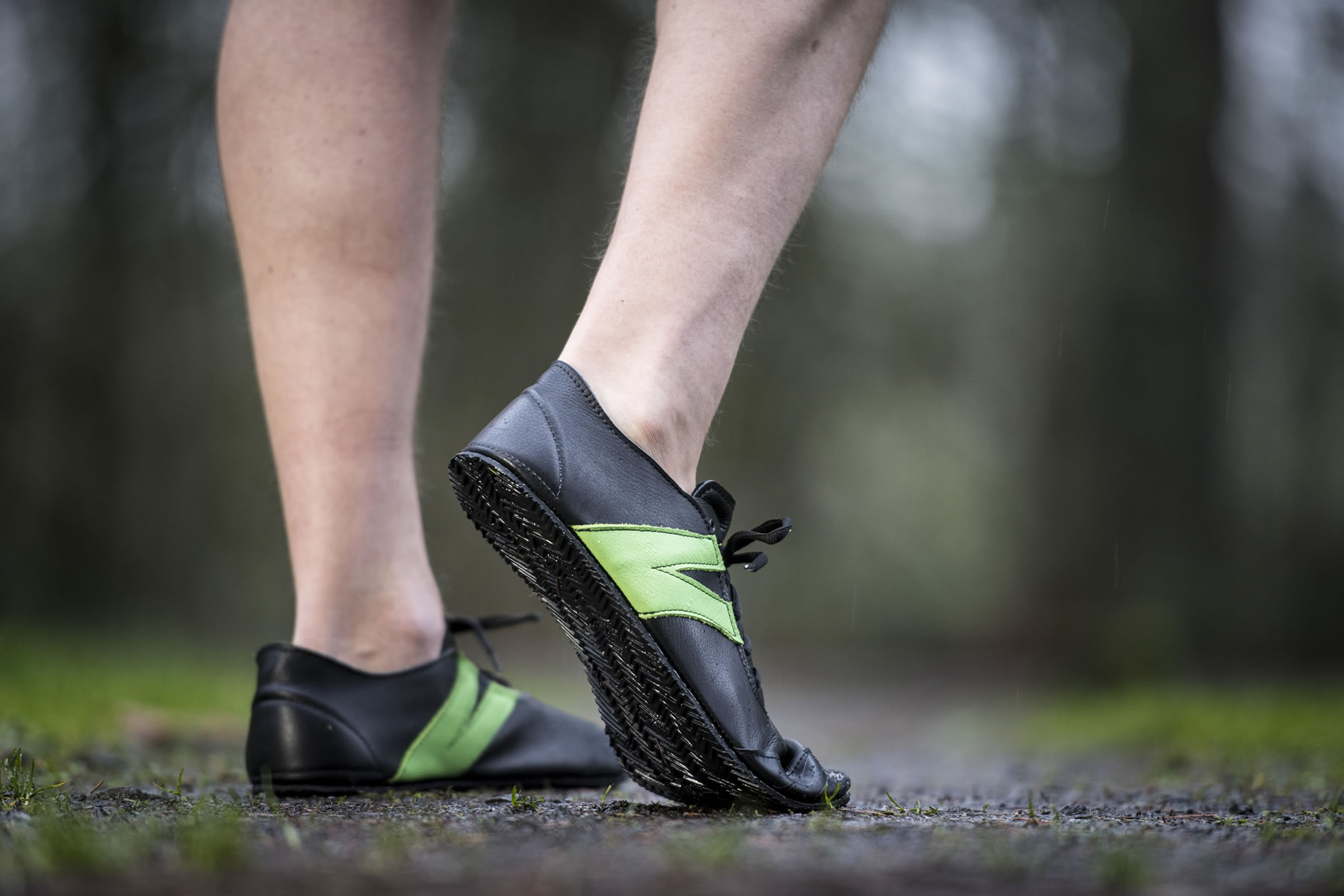
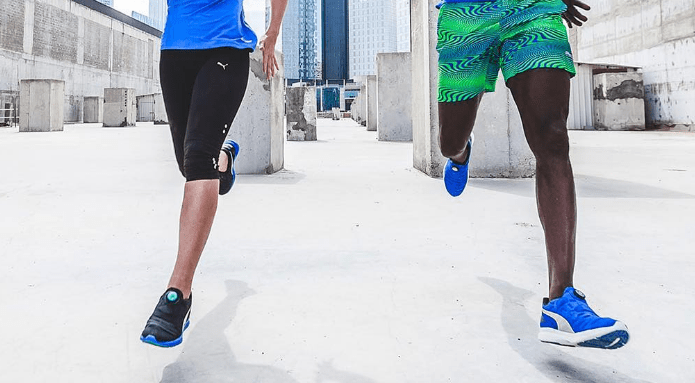
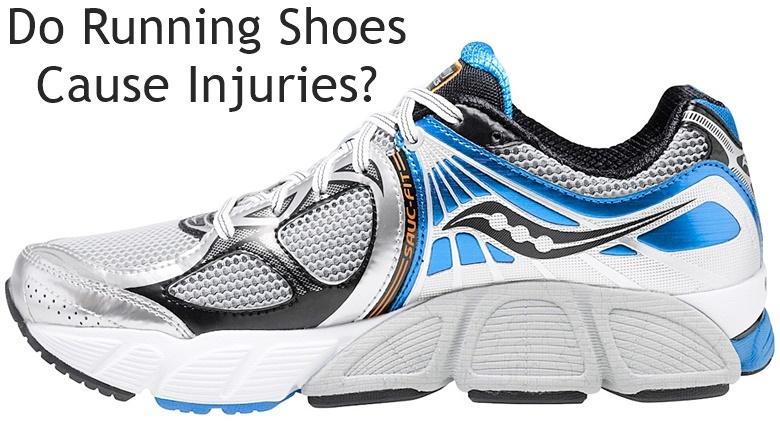
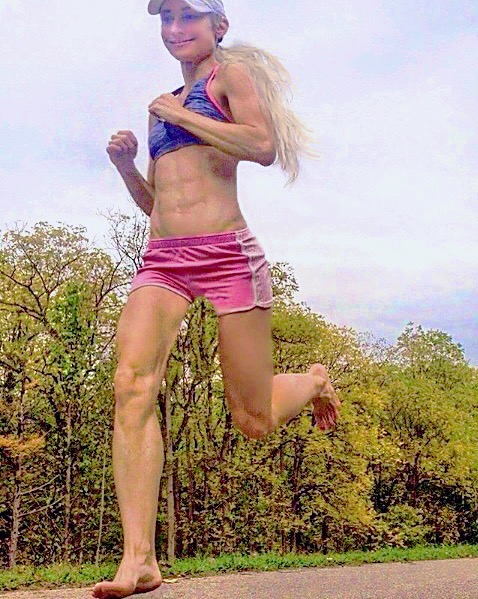

I started running with minimal footwear around 2013, my first pair was merrell true glove. Prior to running minimal I suffered from lower back pains and knee pains. After I started running with the merrell and changed my stride style. Everything got better, no more pain in the back and knees 🙂 I also read born to run and got influenced. For a year or so everything was brilliant. From a couch potato to 5k, 10k and who knows? but I never passed 10k. I remember vividly the first time I run 10, the time was 56 minutes. I was so high after that night. So high that I completely didn’t notice the pain in my feet. I couldn’t run for several days after that. New pains replaced the back and knee pains. especially in the arch of the feet and the lower ankles. So I started treating trigger points and massages my feet quite often. I tied all kinds of strengthening exercises, endlessly trying to evolve my running pose and gate. For the next 3 year I couldn’t run more than 6-7k without pain. I run 3-4 times a week – when i wasn’t in pain. I tried 10 different minimal shoes from merrell, inov-8 and mizuno. Last summer I tried to upper the running distance to 10k and after several runs U started to develop plantar fasciitis. That mot me depressed for a couple of months. After that period – about 3 months ago I joined a running group. The first sentence the coach said to me “buy support shoes”. so I did. Against everything i believe (believed) in. Went to the shoe store and bought the first shoes that weren’t all terribly awful. pearl izumi H3: 30mm stack high – not flexible at all high and steep drop shoe. It wasn’t my type, but I got used to it quite quickly. I run longer, faster and injury free since. By the way, the running style remains the same – forefoot strikes and all. The coach isn’t against minimal shoes, some of the best runners in the group (sub 3 hours marathons) run in minimal footwear. He don’t even care if I run in minimal supportive shoe (like the brooks pure cadence). But I don’t feel like changing anything just now. My point is this: minimal footwear is great for some an perhaps awful for others. There is no silver bullet!